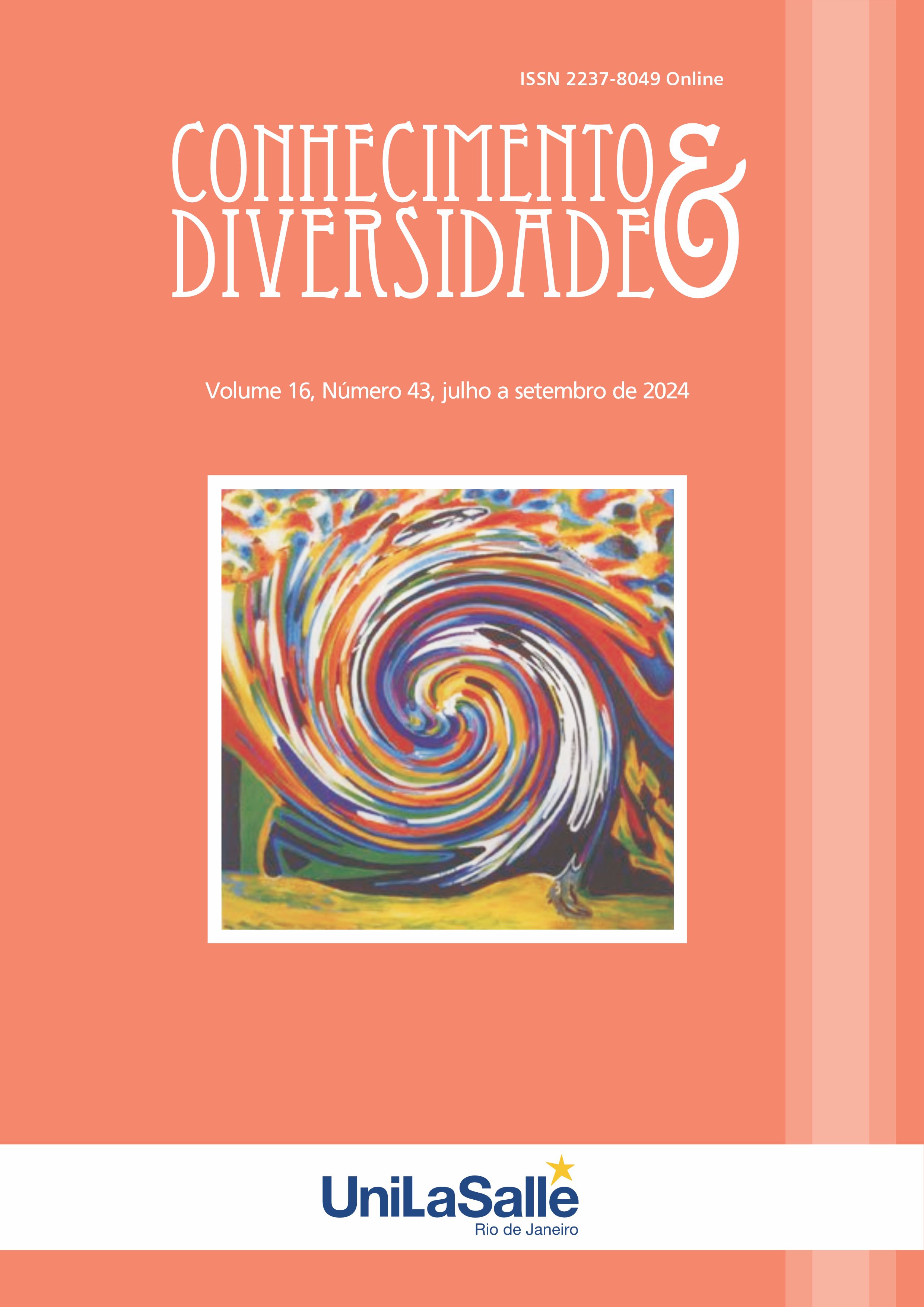THE MEDIATING ROLE OF STRATEGIC INNOVATION IN THE RELATIONSHIP BETWEEN HUMAN RESOURCES PRACTICES AND CREATING COMPETITIVE ADVANTAGE IN HIGHER EDUCATION
AN APPLIED STUDY ON IMAM MUHAMMAD BIN SAUD ISLAMIC UNIVERSITY
DOI:
https://doi.org/10.18316/rcd.v16i43.11925Palabras clave:
strategic innovation, human resource practices, competitive advantage, higher education institutionsResumen
The study aimed to identify the current situation and the extent to which strategic innovation contributes to enhancing human resource practices and creating competitiveness for higher education institutions. The problem of the study was represented in the following question: Does strategic innovation in human resource practices create a competitive advantage for higher education institutions? The study adopted a descriptive analytical approach alongside a historical method, and it was applied to the employees of Imam Muhammad bin Saud Islamic University, with a sample size of 66 individuals. Using the statistical program (SPSS), the data was analyzed, leading to several results and recommendations, the most important of which are: The study indicated that more than 87% of the participants had not received training courses on strategic innovation, and the same percentage (87%) had not received training courses on competitive advantage. The respondents expressed neutrality regarding several aspects, including: the university successfully promotes a decentralized approach by delegating authority to employees to determine performance levels, and the university is concerned with analyzing data related to competitors to understand their strengths and weaknesses. We also reached several recommendations, including: We recommend that the university administration focus on enhancing training courses for employees, especially regarding competitive advantage enablers such as strategic innovation, agility, and other modern methods to create excellence and improve the university's image globally and locally. There must be clear strategic policies formulated to retain creative individuals, with a necessity to clarify these policies to the employees. Additionally, we recommend the need to respond to labor market requirements and the ideas of business owners to prepare students according to labor market needs.
Citas
Abu Jara Ali. (2020). Strategic Agility and its Impact on Promoting Entrepreneurial Orientation from the Point of View of Workers in Oriental Sites in Gaza Strip Universities, (Unpublished Master’s Thesis), Al-Azhar University, Gaza, Palestine.
Al-Maghrabi, Abdel Hamid Abdel Fattah. (2012). “Contemporary Trends in Human Resources Management,” Modern Library for Publishing and Distribution, first edition, GMA.
FITA, E., & MUSA, E. (2021). Management of Human Resources Practices and the Impact on Growth of Organization's Performance. Quality - Access to Success, 22(183), 48–54.
Gary Hamel. (1998). ''Strategy Innovation and the Quest for Value,'' Sloan Management Review, Winter.
Haider, Ma’ali Fahmy. (2002). “The Information System to Achieve Competitive Advantage,” University Publishing House, Egypt, p. 8.
Jalal Ismail Shabat, and Nidal Hamdan Al-Masry. (2020). The role of the dimensions of strategic leadership in enhancing organizational memory, an applied study on Ooredoo Palestine Cellular Communications Company, Journal of the Islamic University for Economic and Administrative Studies, Volume (28), Issue (2), 1-7.
Mohammadi, Saad Ali Rayhan. (2019). Human Resources Management: An Integrated Strategic and Methodological Vision. Dar Al- Yazori
Muhammad Abd al-Rahman al-Shanti and Medhat Hamdi al-Jabbar. (2021). Strategic agility and its impact on enhancing competitive advantage - a field study on Palestinian pharmaceutical manufacturing companies, Journal of the Islamic University for Economic and Administrative Studies, Volume (29), No (1), 1-9.
Mustafa, Ahmed Sayed. (2001). “Towards Creative Leadership for Competitive Human Resources,” The Second Arab Conference on Management, Creative Leadership in Facing Contemporary Challenges to Arab Administration, Arab Organization for Administrative Development, pp. 415-416.
Robert E. Johnston, Jr. and J. Douglas Bate. (2003). the power of strategic innovation
Talal Saleh Abdul Karim Al-Hiyasat. (2021). The mediating role of quality management in the relationship between human resources practices and organizational performance in the Greater Salt Municipality, Arab Journal of Science and Research Publishing, Journal of Economic, Administrative and Legal Sciences, 5(14), 1-8.
Tessema, MT., & Soeters, JL. (2006). Challenges and practices of HRM in developing countries: testing the HRM-performance link in the Eritrean civil service. Int. J.Hum . Res., 17(1): 86-105.
Descargas
Publicado
Número
Sección
Licencia
Derechos de autor 2024 Alwia Saeed Osman Zubair, Mohammed Abdulaziz Al-Mansour, Dema Abdullah Aloqail, Salwa Dirar Awad

Esta obra está bajo una licencia internacional Creative Commons Atribución 4.0.
Tal como recomienda el Public Knowledge Project, RCD adopta para sus artículos una licencia CREATIVE COMMONS: Attribution CC BY 4.0
Esta licencia permite que otros distribuyan, remezclen, adapten y desarrollen su obra, incluso con fines comerciales, siempre que le atribuyan a usted el mérito de la creación original.
Esta es la licencia más adecuada que se ofrece.
Recomendado para la máxima difusión y utilización de los materiales bajo licencia.



